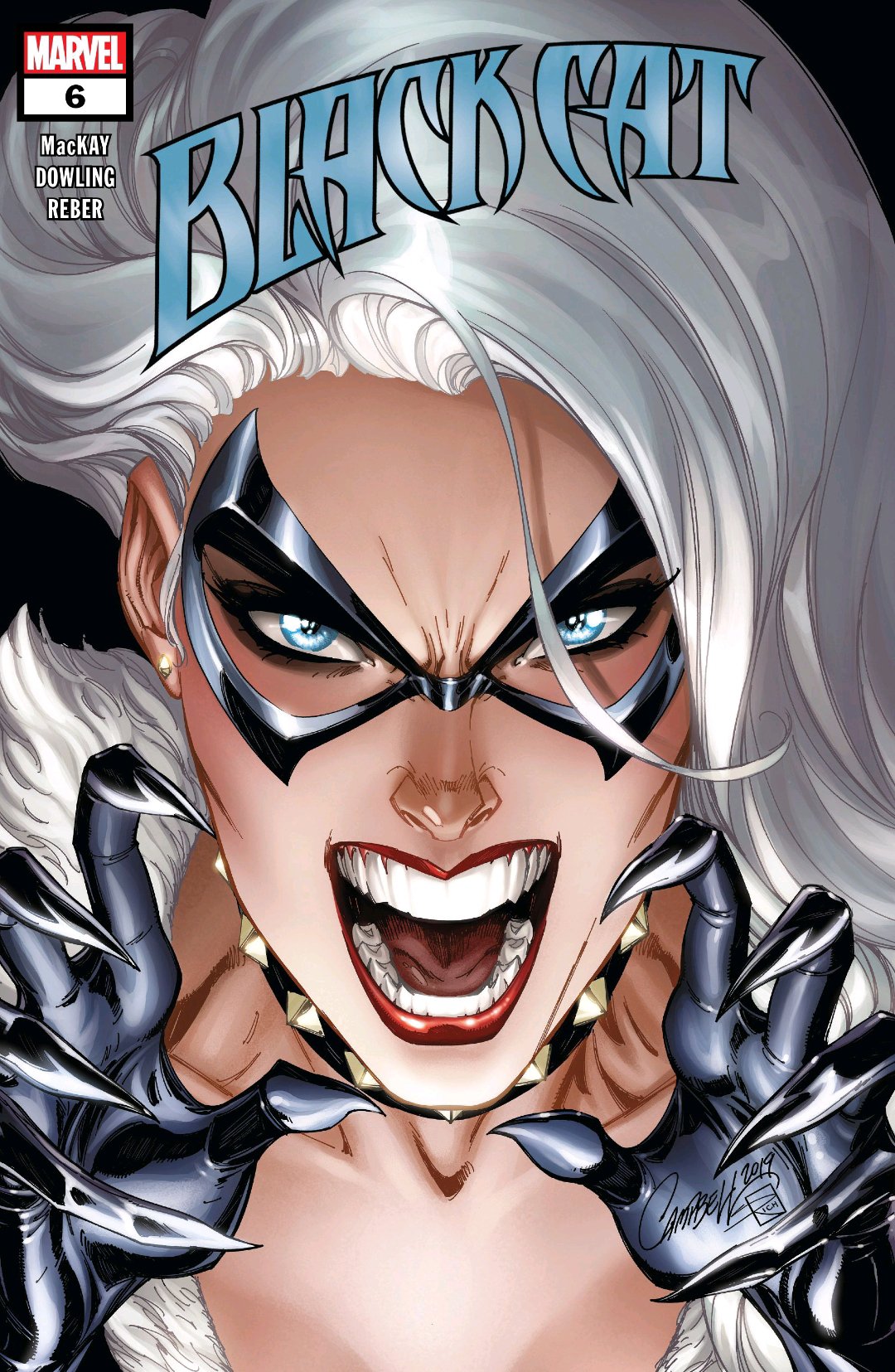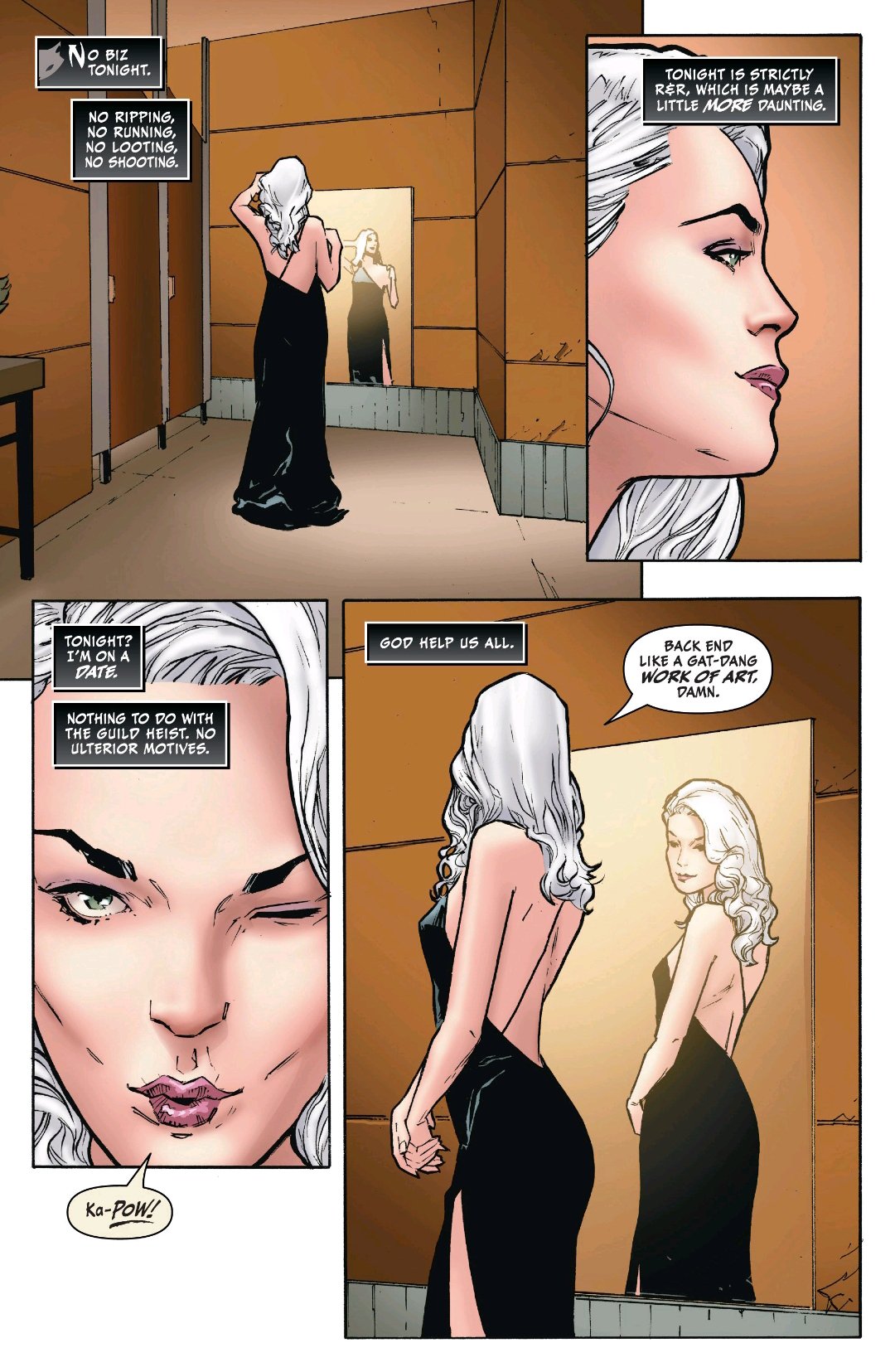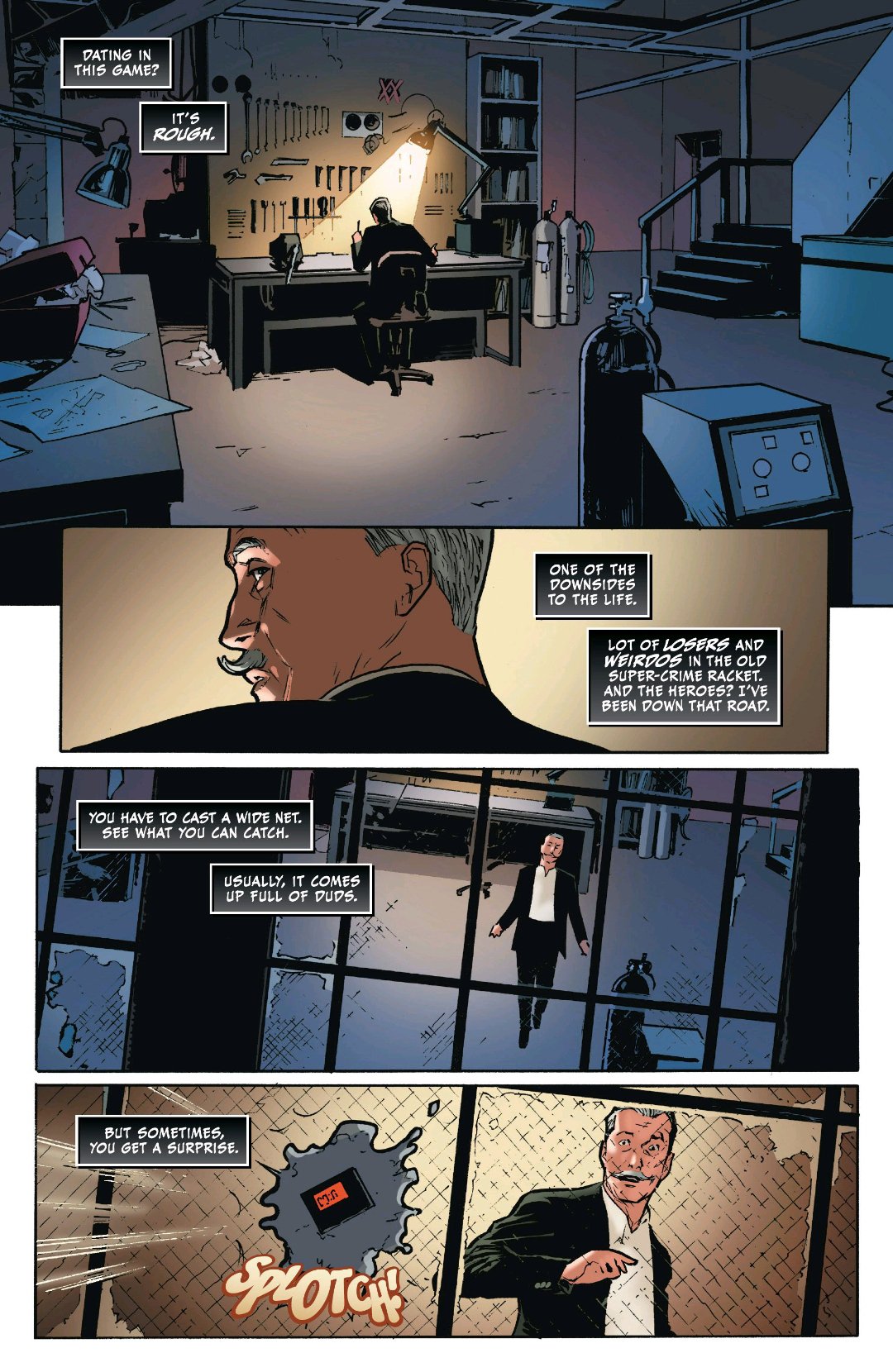Best of this Week: Invisible Woman #5 – Mark Waid, Mattia De Iuis and Joe Caramagna

How did this series go from something I was apprehensive about, to something I couldn’t wait for the next issue of?
That’s the strength of Mark Waid’s writing, Mattia De Iuis’ art and Joe Caramagna’s lettering. Much like the Digital First series that Marvel has been putting out, this book was of a surprisingly high quality that I never would have expected for Sue Storm alone. Sue has always been part of the Fantastic Four and though she’s had storylines where she’s been away from them, they’ve always been so fleeting that they’re almost inconsequential given her larger history. The biggest of these has to have been when she was an Agent of Shield and the many adventures that we’re only discovering because of this series now.
The book begins shortly after the ending of the last issue with Sue’s former partner, Tintreach having compromised their mission, causing a plane full of, I think teenage Morovian, hostages to take off. Tintreach, knew that if they reached Symkarian airspace a bomb will activate and Symkaria will be blamed. He counted on Sue doing everything in her power to save them. The pair are confronted by former Agent of SHIELD, Maria Hill, who threatens them with a gun that can “pierce Invisible Woman’s force field like a katana through a marshmallow.” Suddenly a light is shot out, giving the traitorous Tintreach time to escape and Sue time to explain the situation to Maria. The pair then race off to stop an international incident in an FBI-adjacent VTOL plane.

De Iulis’ photorealistic style of art allows this whole issue to flow with intensity and emotion. Facial expressions and body language are strong with Agent Hill mostly seething with the rage that she displays when she’s not in control of a situation, Tintreach looking like a snarky, mad bastard and Sue straining when she overtaxes her powers. Sue, however, is always shown to be in control of things because that’s who she is. Even when she has to make a forcefield bridge between two planes, like something out of Mission Impossible, she knows that she can do it and looks like such a badass in the moment.
Sue narrates how the rest of the family would think that what she’s doing would make them lose their minds and she agrees because she hasn’t done something that insane until now. It puts a strain on her, but she manages to make it inside of the plane with the hostages and a single guard. She tries to peacefully diffuse the situation, but the guard is too on edge and ends up taking a fire extinguisher to the back by one of the teenagers. In an amazing shot, De Iulis displays Invisible Woman’s powers by showing her turn the entire plane translucent as they all begin to search for the bomb. It’s a beautiful double splash page and makes great use of cool, hazy greys, understanding of the structure of the plane and positioning of bags and people. I really appreciate stuff like that because it’s just fine details.
Sue manages to locate the bomb and tosses it out of the plane in an epic shot of them flying away from the explosion like cool guys. She immediately takes over the plane’s controls and tries to hail Maria for their landing. Unfortunately, unbeknownst to both of them, Tintreach had stowed away on the plane, knocked Maria out and left her in a meadow while he takes care of his business with Sue.

De Iulis makes Tintreach look absolutely insane as he begins to spew all of his insecurities to Sue while grinning from ear to ear. Projecting, he claims that Sue’s made her vow to never kill because she’s “oh so above him” and much like the reader, she is left confused because she has never said that and he is obviously blaming his own fall from grace on her. In the last issue we learned that when she got out of the game the first time, Tintreach initially tried to keep to the example she set, but over time killing became far easier and he lost his soul because of all of the death while thinking of how Sue never killed anyone, all of his kills weighed on his conscience.
De Iulis and Waid work together to convey their contrasting ideologies as De Iulis shows back and forth shots of Sue and Tintreach. Sue’s panels are coated in cool blues, signifying her calm and good demeanor while Tintreach is shown in a dark red. Initially, Tintreach’s panels are large and almost overpowering until Sue’s sense shines through and she makes him look like a fool. He tries to condescend her by saying, “must be awful to finally consider KILLING.”
Sue. Goes. Off.

One thing that I think is often overlooked in regards to Sue Storm-Richards is that SHE is one of the most POWERFUL and DANGEROUS heroes in the Marvel Universe. She explains to Tintreach that her powers allow her to cause embolisms from hundreds of yards out, fill peoples lungs to bursting and could make a force-field spikes through hearts with little effort. She’s an insanely powerful hero whose powers go above and beyond just the ability to turn invisible. She has strong telekinesis, can make near impenetrable force fields and project energy with enough force to destroy the strongest machines and supervillains. As much as Iron Fist is a living weapon, she is too, if not more.
She’s also strong enough to keep herself from killing and won’t allow Tintreach to put his own death on her. She projects a force-field next to the plane she’s in as he flies towards her, hoping to collide and kill them both. She pleads with him to pull up, but he’d long since given up and crashes into it, supposedly allowing himself to die. These scenes are some of the best as Sue looks enraged at the notion that she hasn’t considered her own strength and power in all of her years as a spy. Even when she’s tearing up because Tintreach won’t pull up, the art is enthralling and beautiful as she screams and cries over her former best friend.
After a short time, Sue and Maria meet each other again after Tintreach’s burial and Hill tries to congratulate her on a job well done, but Sue doesn’t see it that way. After what happened to her friend, she decides that, at least for now, she’s done with the game for good. Aidan Tintreach was a good man who lost his way because of all of the horrors spycraft consists of. She knew that the same could potentially happen to her and she’s damn near unstoppable. The last thing we see is Sue disappearing, not wanting to take the chance.

With amazing art and damn fine writing, Mattia De Iulis and Mark Waid have turned Invisible Woman from a character that was pretty meh about to one of my favorite and most compelling heroes in the last few months. She is never without confidence, beauty, strength and grace. Not a single one of these issues has been bad and Mark Waid stepped up his game for this miniseries as he has for all of his ongoings.
As the final issue of the Invisible Woman miniseries, we see most of the story threads in it come to an end, especially that of her former partner who had allowed darkness to creep into his heart following her many years absence from the spy game. Who she is as a person, a hero, an Agent of the US Government is expanded upon in such a strong and gratifying way that I find myself wanting more from this creative team. This coupled with my love of Bond-esque spy thrillers with superheroes made this an amazingly enjoyable ride throughout.
















































